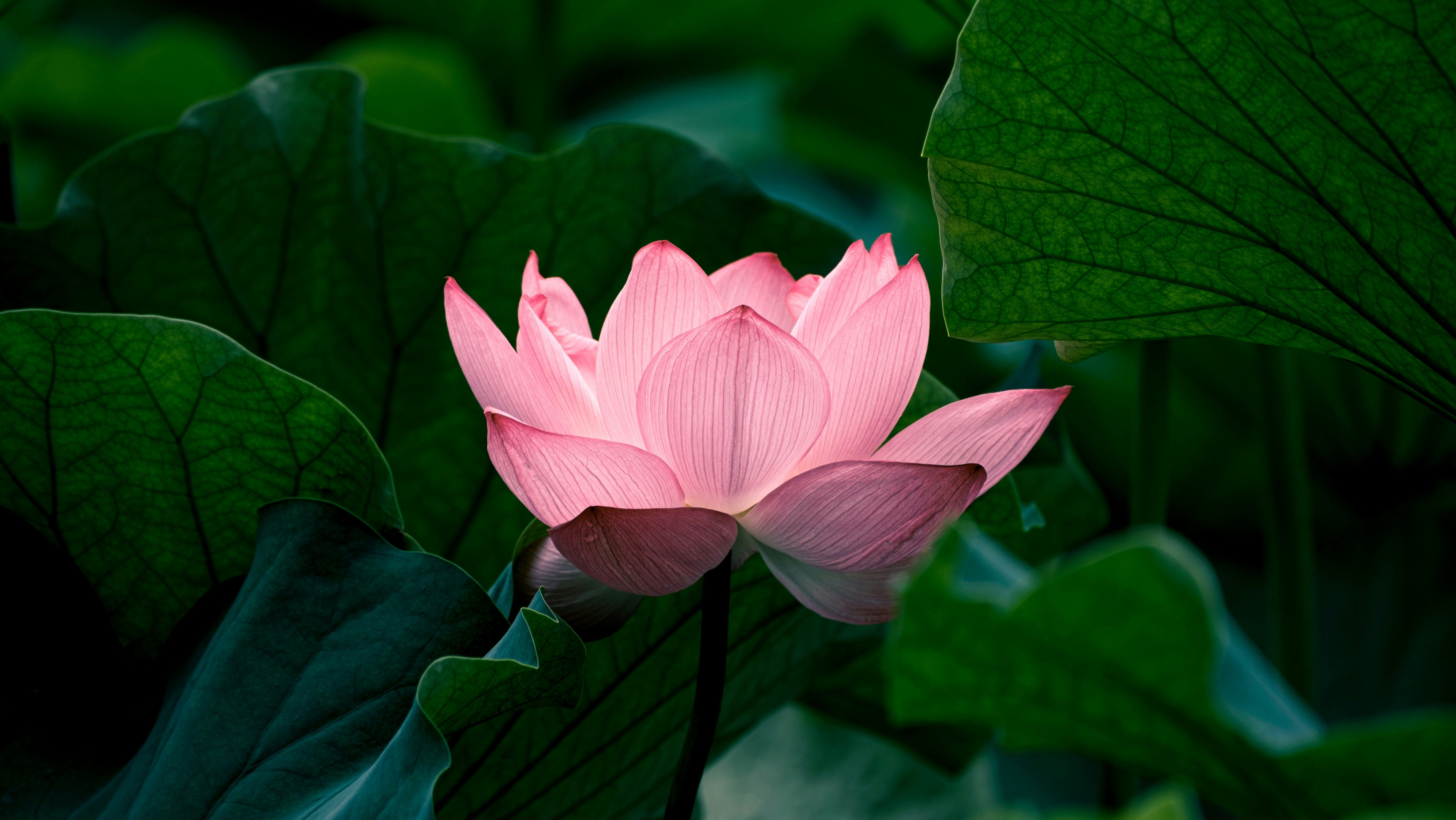
Sumatran Ghaliya: A Modern Canvas of an Ancient Perfume
There are perfumes that decorate, and there are perfumes that honour. Ghaliya has always been the latter.
Born in the candle-lit majlis of Umayyad and Abbasid courts, ghaliya was more than fragrance. It was presence. It marked the difference between the ordinary and the sacred, between the ink-stained fingers of a scholar and the stillness of a ruler. Its name comes from ghālī, precious, rare, elevated. And everything about it lived up to that name.
Ghaliya was composed only of the most coveted treasures of the ancient world: Kashmiri musk, Indian oud, ambergris from the seas, Mysore sandalwood, saffron, and rose. Together, they formed a perfume that wasn’t meant for casual wear. It was reserved for prayer, for rulers, for moments that mattered.
The Trilogy of Attars
At Hunayn, our revival of ghaliya began with three attars, each faithful to the old formula yet distinct in voice. All three are built on the sacred six, musk, oud, ambergris, rose, saffron, and sandalwood. What changes is the emphasis.
- Ghaliya Shuyukhi leans toward musk, the revered heart of ghaliya, evoking the spirit of the scholars and ascetics.
- Ghaliya Malaki builds itself on oud, deep and contemplative, reflecting the weight of counsel.
- Ghaliya Sultani crowns itself with ambergris, refined and rare, a fragrance of authority and presence.
Together, these three form a trinity: the scholar, the advisor, the ruler.
What If Ghaliya Was Made Today?
The Abbasid principle was simple: gather the most precious materials of the age and blend them into a perfume worthy of reverence. To honour ghaliya today, we asked: what is most precious now?
Precious is not only what costs the most. Precious is what takes time, patience, and devotion. The oud hunter trekking through forests for weeks. The lavender farmer knowing which dawn yields the best oil. The perfumer gathering hyacinths by hand, one by one, to preserve their fleeting scent. Precious is the unity of artisans across continents, each obsessed with capturing the soul of their harvest.
Sumatran Ghaliya: An Abstract Canvas
If the attars are our act of preservation, Sumatran Ghaliya is our act of reimagination. It is ghaliya as it might have been if it were invented today.
At its base lies wild aged Sumatran oud, the canvas. Upon it, strokes of scent are painted, seemingly chaotic, but together forming harmony, like a Jackson Pollock painting revealed through patience.
The Voices Behind the Notes
- In Japan, a farmer tends to sudachi, kabosu, and shikuwasa orchards. His work is quiet, but each fruit carries the sharp brightness of his patience. The oils travel thousands of miles before they find their way into this perfume.
- In India, distillers gather juhi, jasmine’s softer sibling, coaxing it into liquid memory. Their craft is measured not in hours but in generations.
- In Tasmania, boronia fields bloom with honeyed, violet-tinged flowers. The harvest is short, the yield scarce, but what emerges is unlike anything else in perfumery.
- In Ethiopia, civet extraction continues through ancient practices, its animalic intensity preserved by families who have done this work for centuries.
- Along the coastlines of New Zealand, ambergris drifts ashore after years in the sea, polished by tide and salt, discovered by chance, a treasure granted by time itself.
- And in my own garden, over one hundred hyacinths were hand-picked, one by one, their fleeting breath captured in enfleurage. Alongside it, a vintage hyacinth oil distilled in 1970 adds another voice, one shaped not by the hand, but by time.
Each of these ingredients is not just a scent. It is a person’s life’s work. A chain of obsession and devotion, passed from farmer to distiller to perfumer. My role is to listen, to gather, to weave their work into harmony.
Perfume as Testament
The Abbasid ghaliya reflected empire: its reach, its refinement, its reverence. Sumatran Ghaliya reflects us: a global community more connected than ever, still chasing beauty, still revering what is rare.
It is ghaliya abstracted, a perfume that asks you to look closer, to listen for patterns in its seeming chaos. It is the unity of worlds, distilled into a bottle.
This is ghaliya. In attar and in spray. Ancient and modern. This is ghaliya reimagined.
“Since pleasant fragrance is nourishment for the soul, and the soul is the vehicle of the faculties, and the faculties are strengthened by fragrance, which benefits the brain, the heart, and all the inner organs, bringing joy to the heart, delight to the self, and expansion to the spirit, and because it is the truest thing for the soul and most fitting to it, with a close affinity between fragrance and the pure soul, it was one of the two beloved things of this world to the most fragrant of all, peace and blessings of Allah be upon him.” - Ibn Al Qayyim | Zad Al Ma’ad 4/257
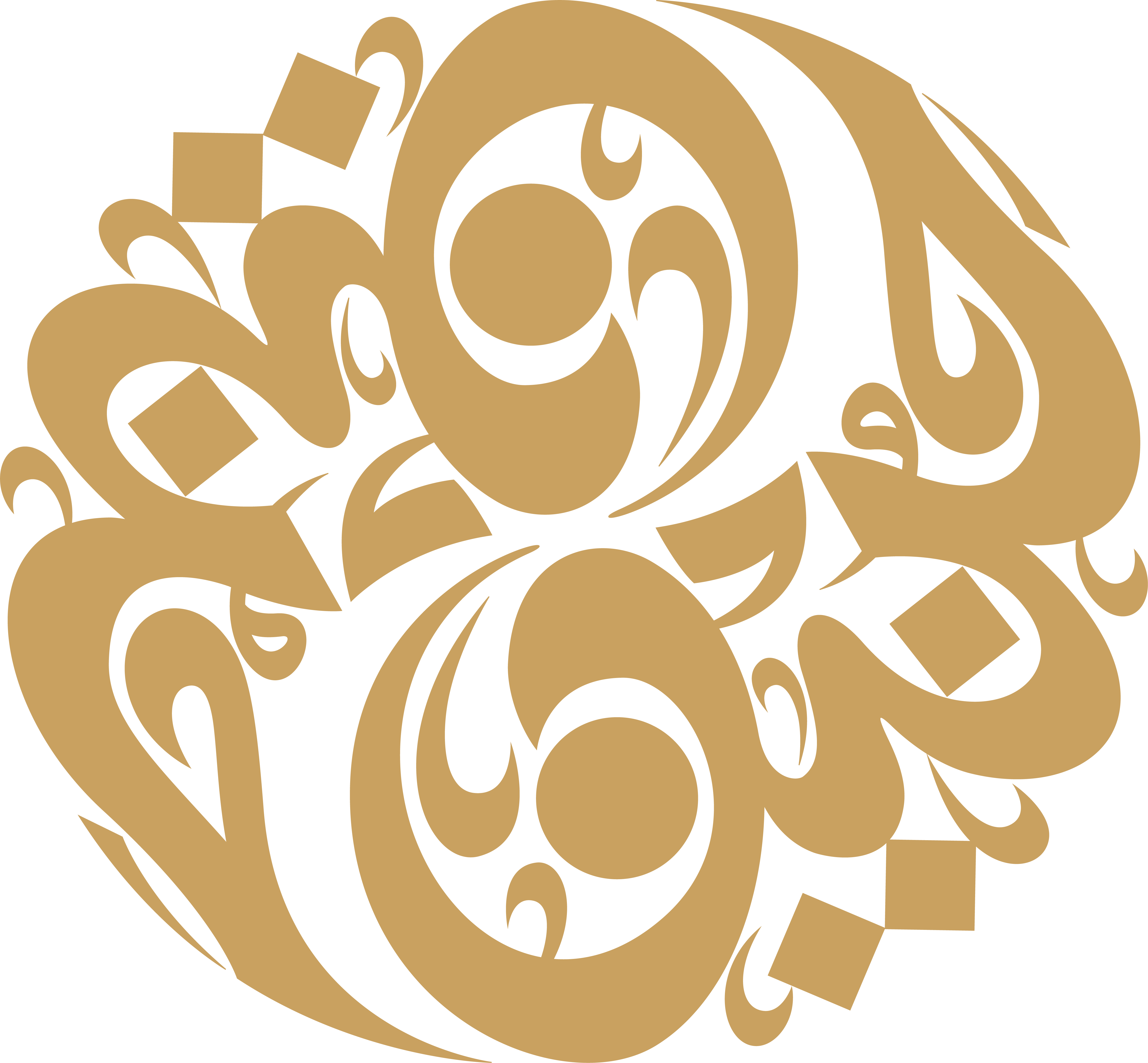
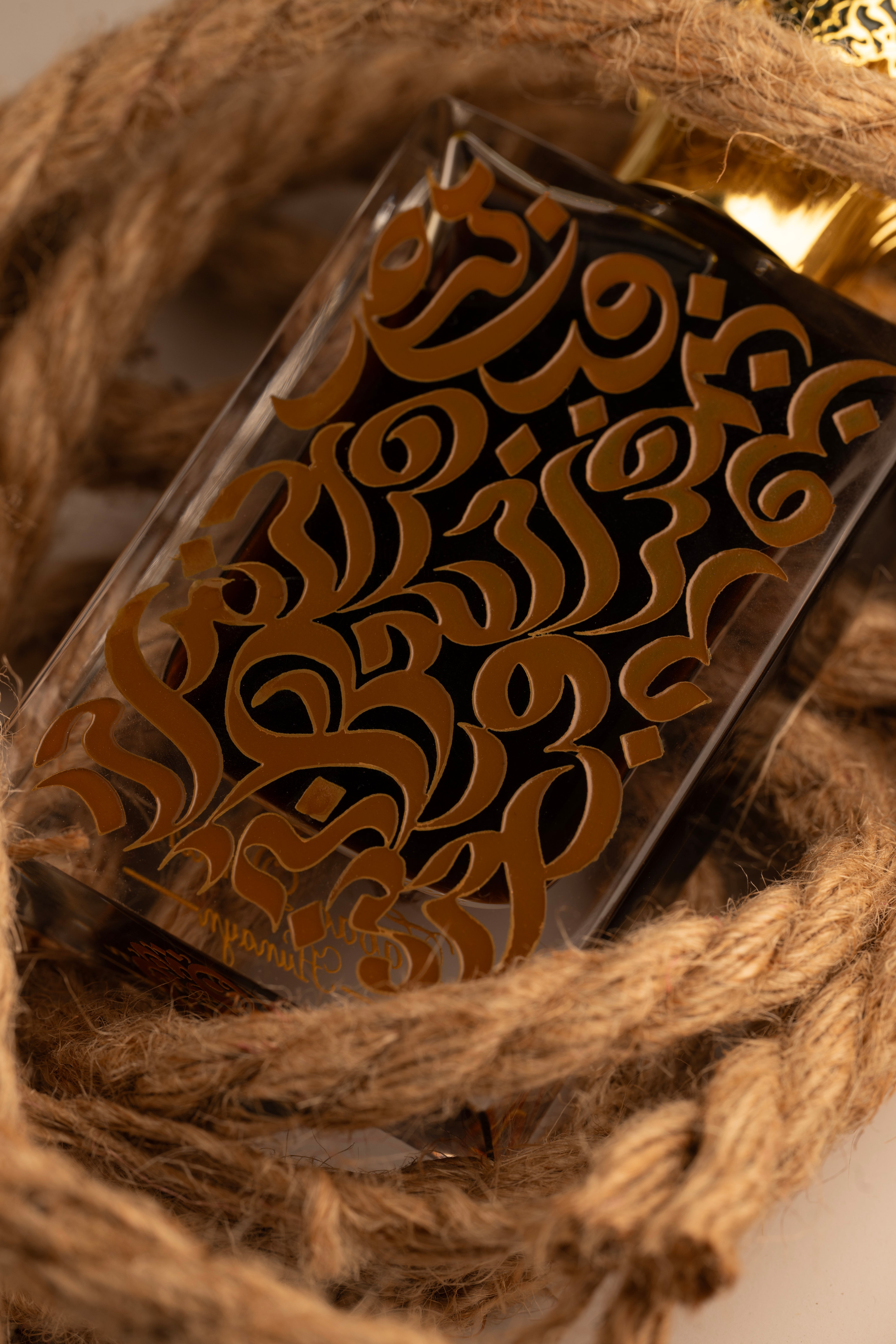
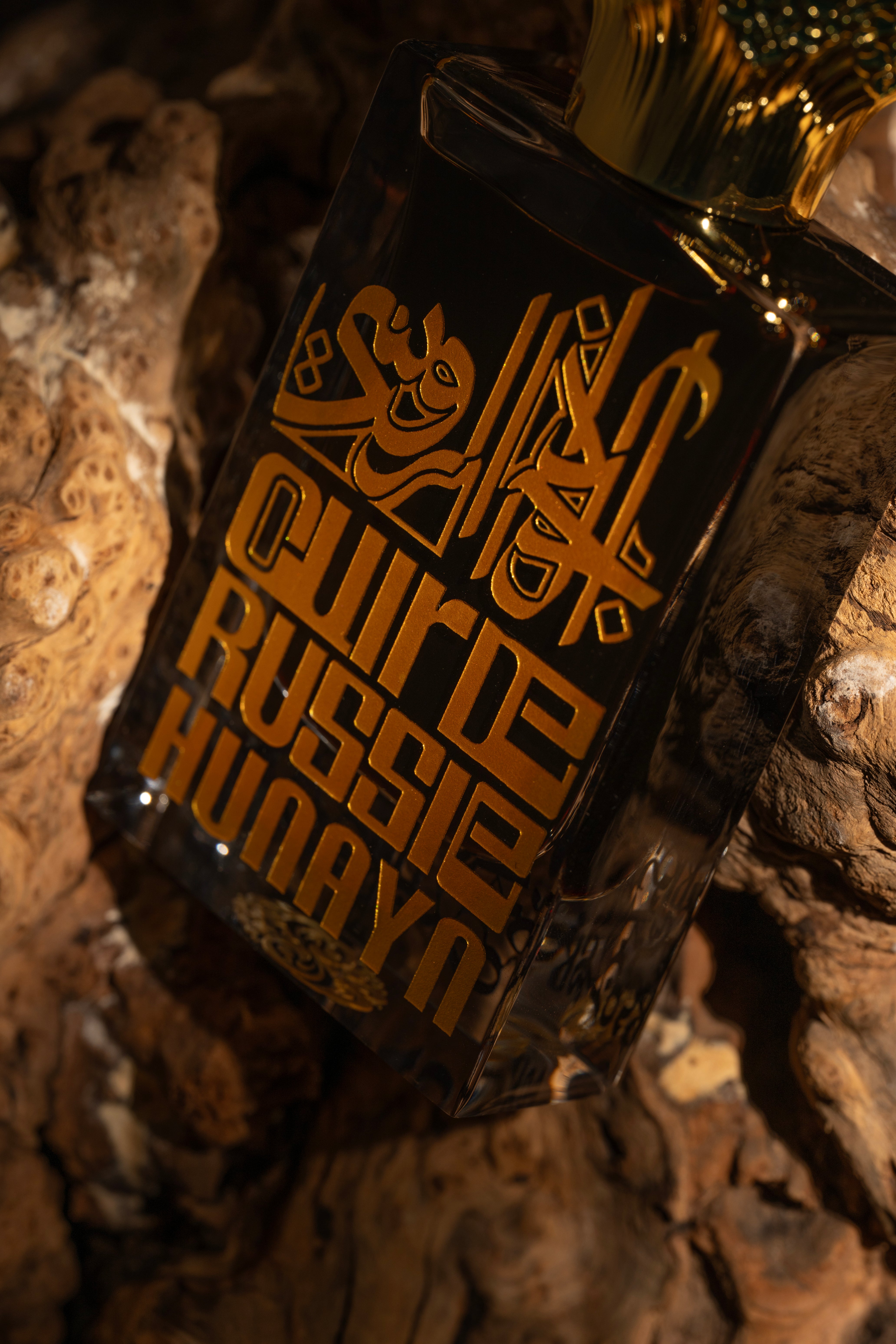
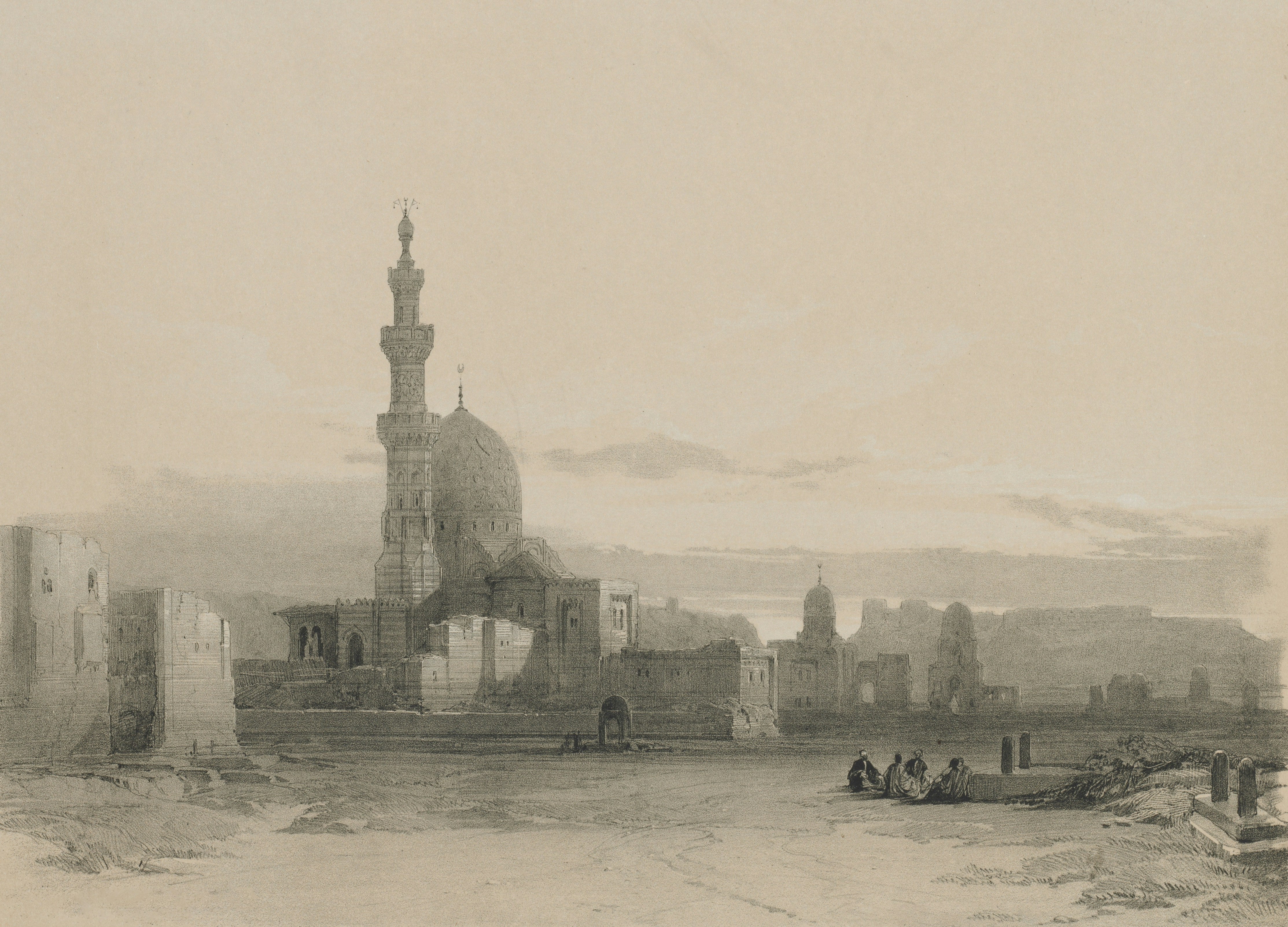
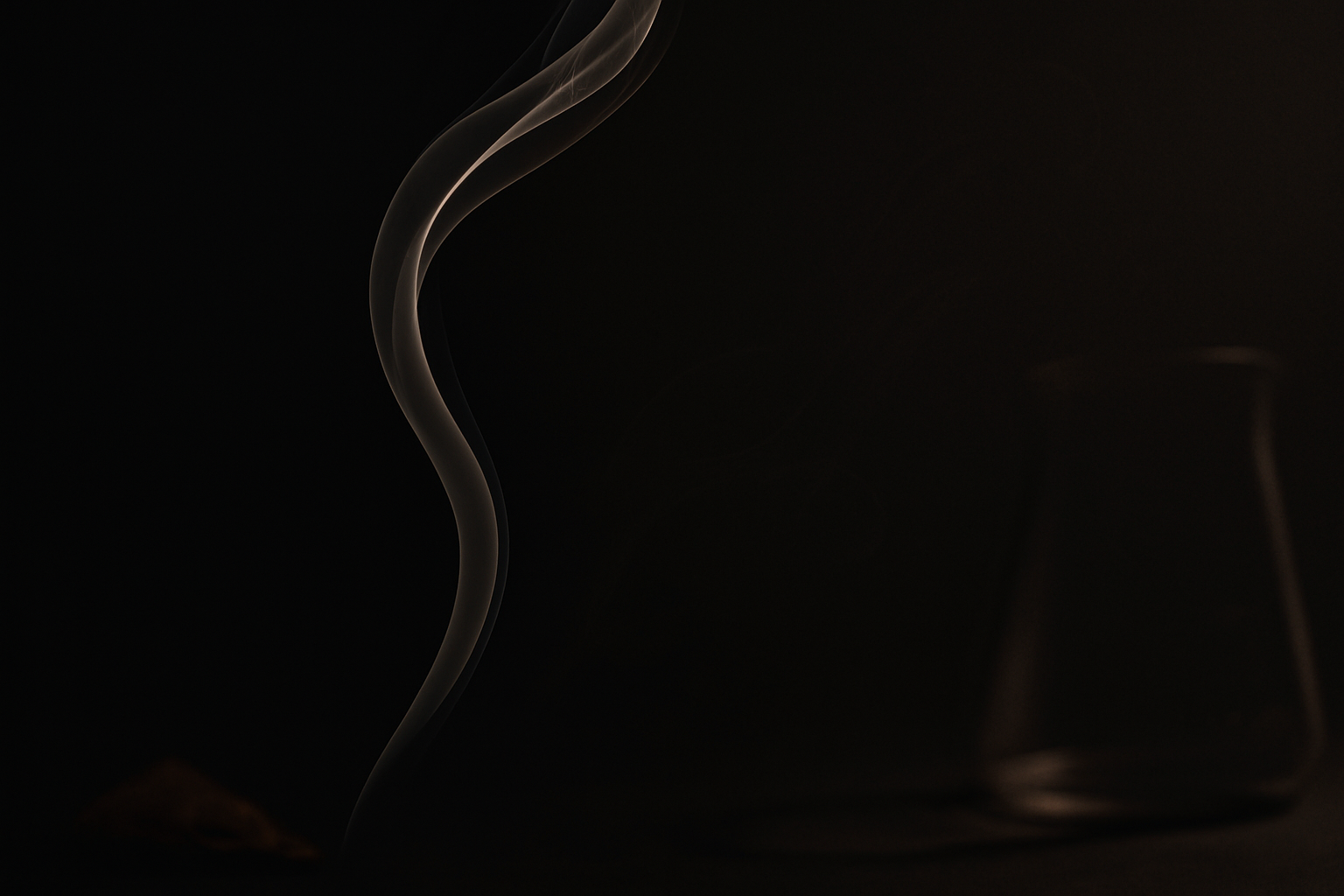
Leave a comment
This site is protected by hCaptcha and the hCaptcha Privacy Policy and Terms of Service apply.